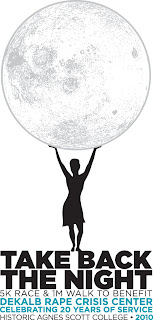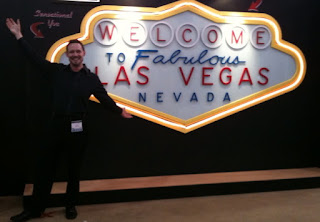art director
FUNCTION:
we’re into building things through marketing, design and public relations
A look back at this period of American economic history gives hope to those members of the building industry plagued by losses in both the commercial and residential markets. In order to achieve long-term success in improving the economy, the current administration must make large investments that will bring big returns. In 1933, FDR initiated programs like the Tennessee Valley Authority, which included provisions to build schools and healthcare facilities and the Works Progress Administration, which built hospitals, schools and government-sponsored projects like parks and airports. Today, Obama’s stimulus funding provides the impetus for the same kind of building supported by the government seventy-five years ago: institutional building with a focus on education, healthcare, and government facilities.
While commercial spending continues to fall, the stimulus package creates opportunities for growth in institutional building. And if there’s one buzzword surrounding these opportunities, it’s sustainability. The key to healing a wounded economy is opting for changes that will offer a big payoff in the long term rather than quick fixes that will just require more spending in the near future.
What does this mean for building product manufacturers? Take a lesson from history and become involved in the public building investments that have been and will continue to be undertaken nationwide. To gain a competitive advantage, building product manufacturers must appeal to the architects and customers responsible for these building projects. With new energy efficiency standards rapidly being put into place, architects are specifying products that will contribute to energy efficiency and sustainability.
Funding for institutional projects has taken off in the past year and design-build companies with a green eye have come out ahead. College campuses nationwide are looking for ways to become more sustainable, and they are competing to fund projects that will build new green buildings and retrofit old ones for energy-efficiency.
Recently, the US signed a contract to begin construction on the US Department of Homeland Security’s new headquarters in Washington, DC. Building Design and Construction reports that this project, the first phase of which will be headed by joint venture Tishman-AECOM, is the largest federal construction project since the Pentagon was built. The total cost of this project, with an anticipated completion in 2016, is expected to top out at around $4 billion.
Building Design and Construction also reported in December that the state of California is undergoing three large-scale healthcare construction projects. The total cost for building the three hospitals is expected to be an astounding $4 billion. Building teams for the hospitals are collaborating to use the most advanced and efficient green designs available in the building market.
By offering products that meet the needs of the institutional market, building product manufacturers can not only make themselves more valuable in the construction industry, but can also play a role in revitalizing the nation’s economy.
 It's not just our company tagline, it's our motto. Daily, we build strategies and tools that help architects and designers discover products that enable them to design and construct healthier schools. We build relationships between building product manufacturers and building owners. We ultimately build a brands awareness and sales. As exciting as that can be, one of the most rewarding things we get to build is within our own community. Each year, Function: steps back from building products for a few moments (just a "few" moments, dear clients!), and takes on pro-bono community events, such as Tour Decatur and Take Back the Night. It's a great opportunity for us to build a following and increase awareness for them.
It's not just our company tagline, it's our motto. Daily, we build strategies and tools that help architects and designers discover products that enable them to design and construct healthier schools. We build relationships between building product manufacturers and building owners. We ultimately build a brands awareness and sales. As exciting as that can be, one of the most rewarding things we get to build is within our own community. Each year, Function: steps back from building products for a few moments (just a "few" moments, dear clients!), and takes on pro-bono community events, such as Tour Decatur and Take Back the Night. It's a great opportunity for us to build a following and increase awareness for them.

 When people ask me how my trip out to the desert went, I didn't expect to be telling them "cold and rainy."
When people ask me how my trip out to the desert went, I didn't expect to be telling them "cold and rainy."